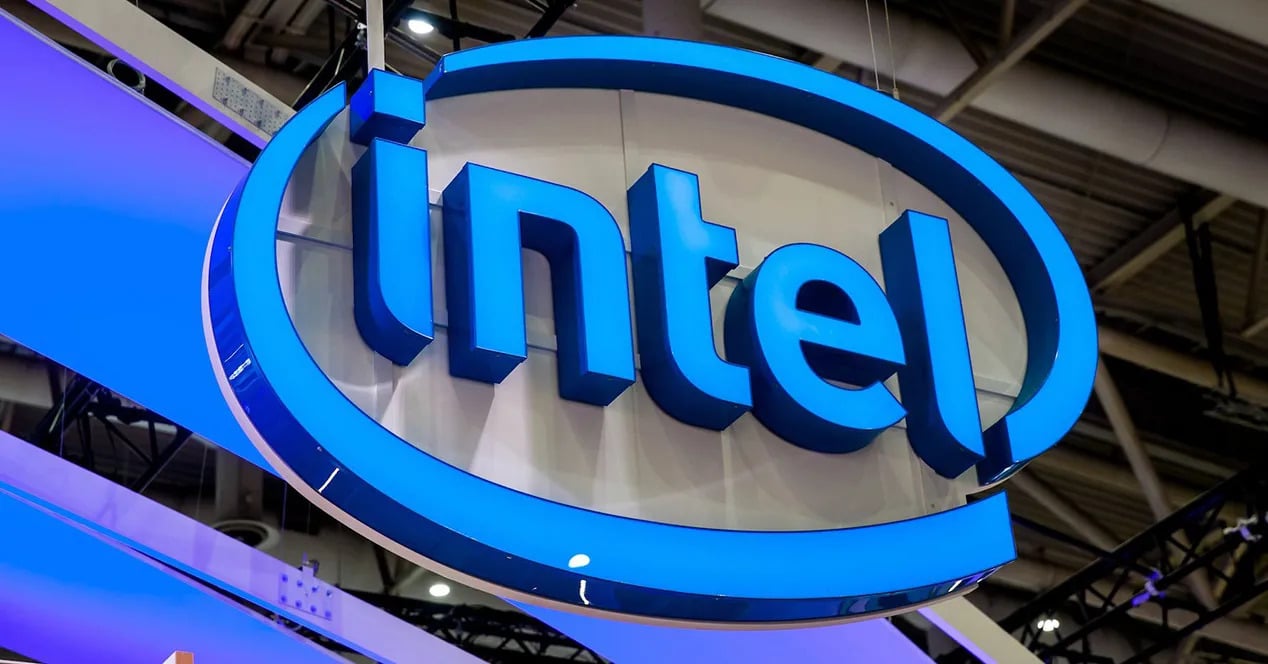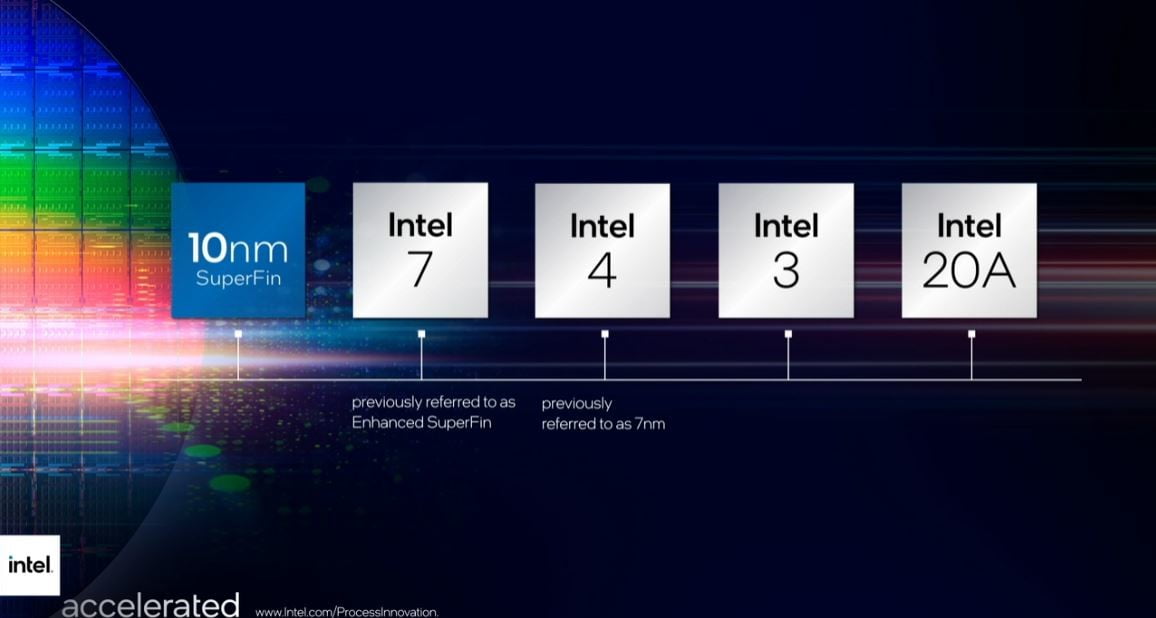Intel has today announced Qualcomm as the first major customer for its new Intel Foundry Services business. Qualcomm, which is powering most of the premium Android smartphones with its Snapdragon lineup of chips, will have its chips manufactured by Intel in the coming years.
For manufacturing chips, Intel will be using its upcoming 20A process which will use new transistor technology to help reduce chip power consuption. As of now, there’s no information about which products from Qualcomm will be manufactured by Intel and when the Intel-made Qualcomm products will arrive in the market.

Apart from Qualcomm, Intel has also announced Amazon Web Services as another new customer for the foundry chip business. However, Amazon won’t be using Intel’s chip-making technology but will use packaging technology. It is basically a process of assembling chips and “chiplets” or “tiles” by stacking them up.
Intel 20A will rely on two new technologies — RibbonFET and PowerVia. RibbonFET is Intel’s first new transistor architecture since FinFET in 2011. It delivers faster transistor switching speeds while achieving the same drive current as multiple fins in a smaller footprint.
On the other hand, PowerVia is Intel’s industry-first implementation of backside power delivery, which optimizes signal transmission by eliminating the need for power routing on the front side of the wafer. Also, Starting as early as 2025, the company will tap a new generation of machines from ASML that use extreme ultraviolet lithography.
The company is also changing the naming method for its technologies. Intel 7 offers 10-15% performance-per-watt increase versus Intel 10nm SuperFin, based on FinFET transistor optimizations. It will be used in products like Alder Lake for clients in 2021 and Sapphire Rapids for the data center.

The Intel 4 uses EUV lithography to print small features using ultra-short wavelength light. It is expected to offer around 20% performance-per-watt increase, along with area improvements. It will be ready for production in the second half of 2022 for products shipping in 2023.
Intel 3 leverages further FinFET optimizations and increased EUV to deliver an approximately 18% performance-per-watt increase over Intel 4. It will be ready to begin manufacturing products in the second half of 2023.
With these new customers and the latest technologies, Intel is expecting to regain its market lead by 2025. In the foundry services business, the company will be competing against market leaders like TSMC and Samsung.
RELATED:






